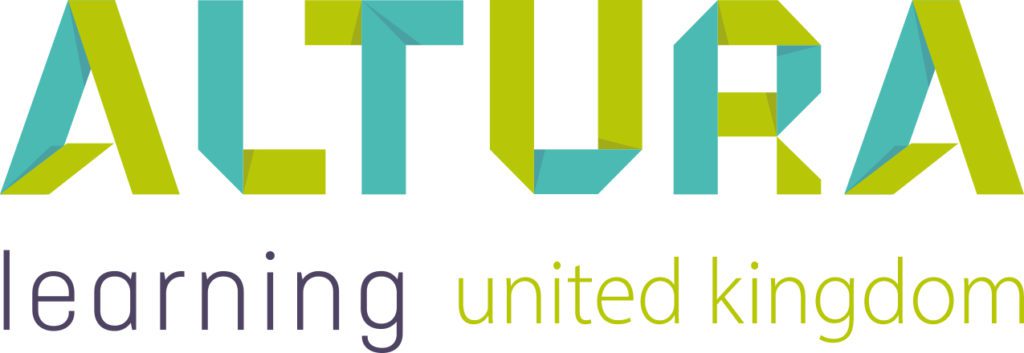Home | Altura Blog |
The Power of Active Listening: How to show Empathy and Understanding
July 25, 2017 | Altura Blog
Communication is never easy. Taking a thought from your mind, translating it into words, and then having those words heard, and properly interpreted into meaning by another person is going to be difficult under the best of circumstances. One way to make the process easier, though, is for the listener to be active. Active listening is about more than hearing the words someone is speaking; it’s about being really and truly involved in the conversation.
What Does Active Listening Look Like?
There’s a difference between hearing and listening, and we all know what it is when we see it. How many times have you been talking to a colleague or a friend, trying to tell them about an experience you had, when it’s clear they’re only getting every other word? You probably felt a rush of awkwardness, disappointment, and a few other negative emotions as well when you realized the person you were trying to communicate with just wasn’t listening to what you had to say. They were just hearing you.
Listening is more than just hearing the words being spoken. It means you are actively interpreting the message, and following the flow of what the other person has to say. It also means you’re maintaining eye contact (when possible), and that you’re giving appropriate feedback. That feedback constitutes body language (you’re leaning toward them, nodding, and otherwise showing you’re paying attention), as well as verbal (giving occasional summations of what’s been said to show you’re keeping up, and punctuating parts of the conversation to show you’re taking part in it).
In short, you’re engaged with the conversation, rather than just having someone talk at you.
The Power of Active Listening
Active listening takes effort, there’s no denying that. You need to be plugged-in to a conversation, and you have to expend the effort to block out distractions. It also takes practice, since you need to develop the skill of listening to a message, instead of just hearing the words being spoken.
So why do people try to master this skill?
Well, a funny thing happens when people know you’re listening to them, instead of just letting their words blow past you. They notice. They open up, and they keep coming back. Active listening helps you develop an understanding, and it builds a bond of empathy between you and this person you’re listening to. People respond to that, even if they can’t put into words exactly what it is they’re responding to. It’s why you hear people who practice this skill referred to as, “good listeners.” It’s the active part that makes them “good” at listening.
That response, and the bond it can form, is why active listening is practiced in so many in so many different industries. Business professionals want to sharpen their active listening because it lets them connect with their clients, and it makes selling easier. Customer service people practice it because it’s easier to solve people’s problems if you listen carefully to the difficulties they’re dealing with. Medical professionals also emphasize this skill because it allows them to gain more insight into the pains and problems their patients are dealing with.
Active listening is one of the best problem-solving tools you can have in your arsenal. Because even if you have solutions to every problem that could come your way, you need to assess the situation properly in order to pick the right tool for the job. Otherwise you might end up trying to use a screwdriver, when what you really need is a wrench.


